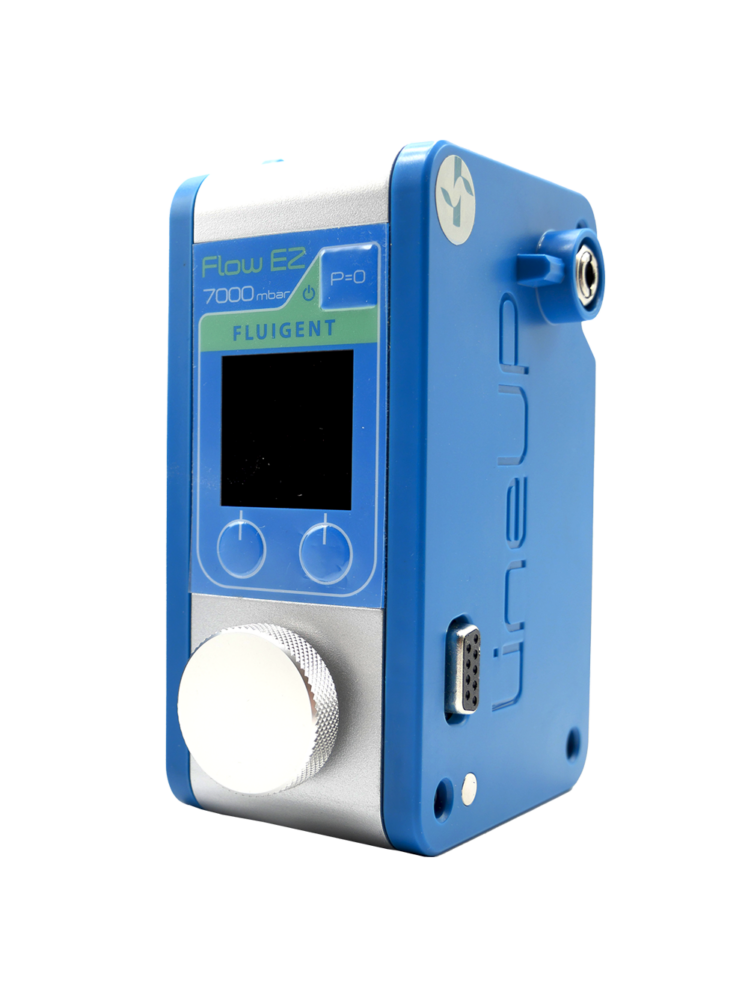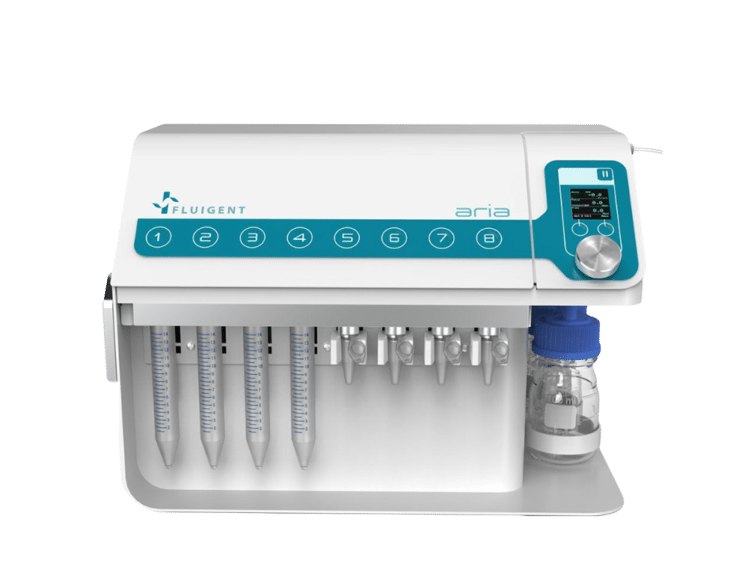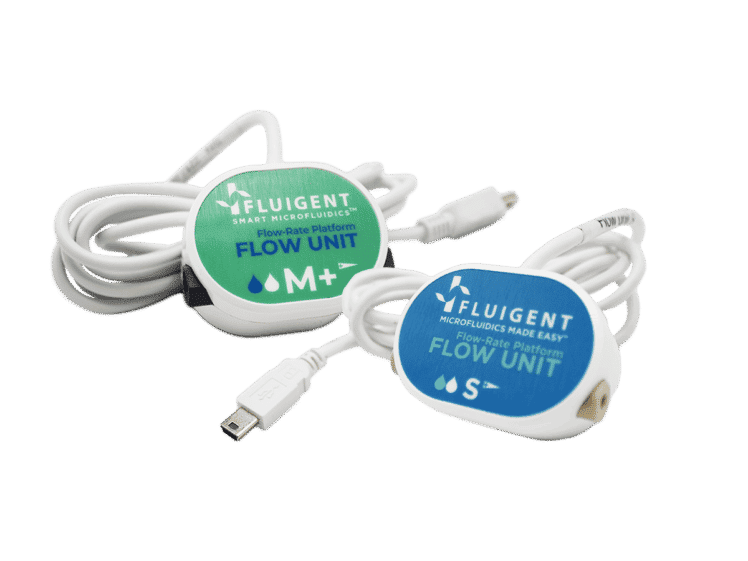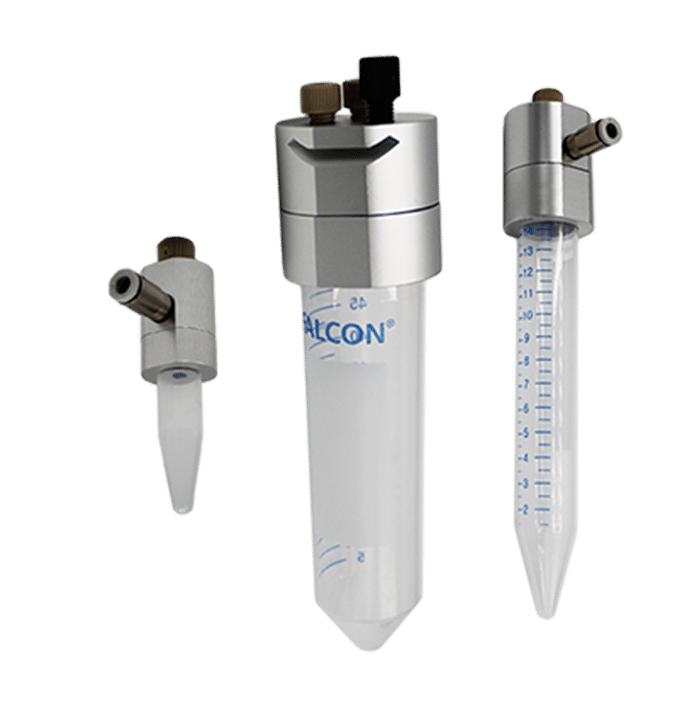Simple fitting & connections
Air Liquid Interface Cell culture versatile chip
[OOC-TRNS-07]Be-Transflow
Be-Transflow – The most versatile cell culture platform.
Be-Transflow is Beonchip’s most versatile air liquid interface cell culture platform. It allows the study of complex cell culture configurations by joining a culture well with a microfluidic channel via a porous membrane. This is the optimal chip device for Air Liquid Interface culture (ALI), endothelium/epithelium barrier and crosstalk studies.
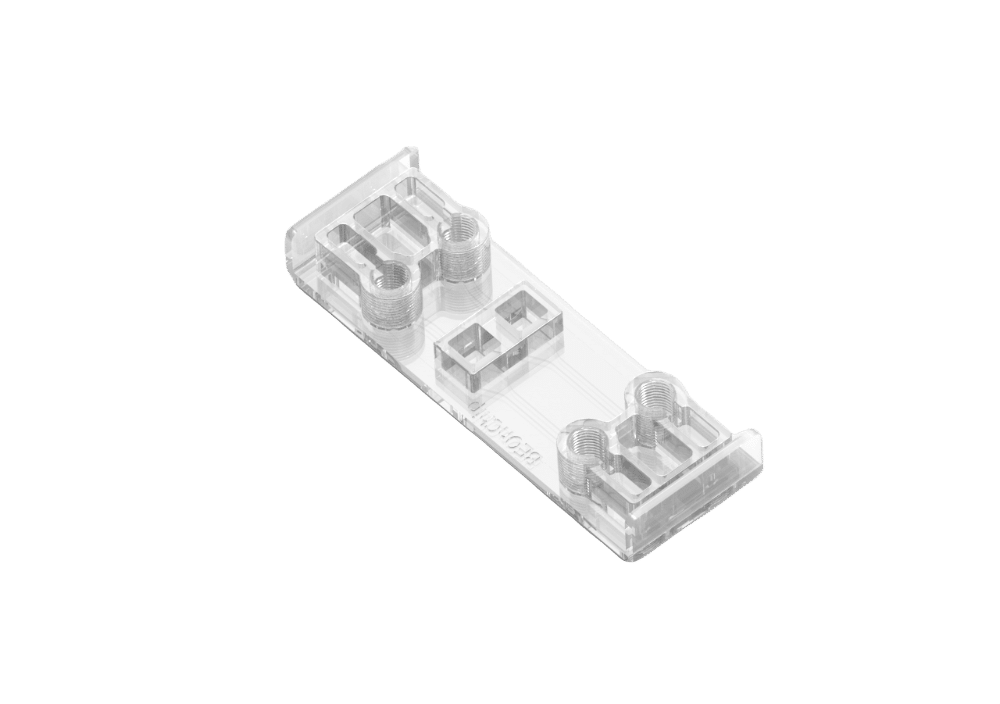
- Easy to use
- Biomimetic environment
2D and 3D culture
- Sterile
Dedicated to cell biology
ALI cell culture chip features
Easy to use
Thanks to its design, the Be-transflow chip can be used for a wide range of applications and with any type of optical microscopy. In addition, its slide format has been chosen to ensure easy and efficient handling, particularly when used under a microscope.
Easy to connect
The cell culture chip is compatible with all Fluigent pressure-based flow controllers. In fact, it is possible to apply a flowrate connecting any Fluigent’s flow controller with the chip using patented inlet/outlets that avoid the entrance of bubbles to the channel.
No unspecific absorption
Unlike in other PDMS devices, the air liquid interface cell culture chip is made of lipophobic thermoplastic materials. Due to that feature, it does not present unspecific drug absorption issues. This enables a wide range of applications, including for instance immunohistochemistry with fluorescent detection.
Cell recovery
The air liquid interface cell cultures used in the Beonchip device can be easily recovered for further experimentation. Indeed, with its channel outlet, the culture medium can then be efficiently isolated and studied, while limiting losses and contamination.
Easy to implement
The wells of the chip are positioned in standard positions of a 96 well plate to facilitate its use, in particular in automated microscopes. In addition to that, their volume is identical to the one of those wells in order to ease the transition to the transflow device, while avoiding loss of cells or media.
Related applications
Air liquid interface culture models
Perform ALI experiments on a 2D or 3D culture with automatic culture medium replacement for systems such as epithelial cultures, toxicity tests, absorption test and much more.
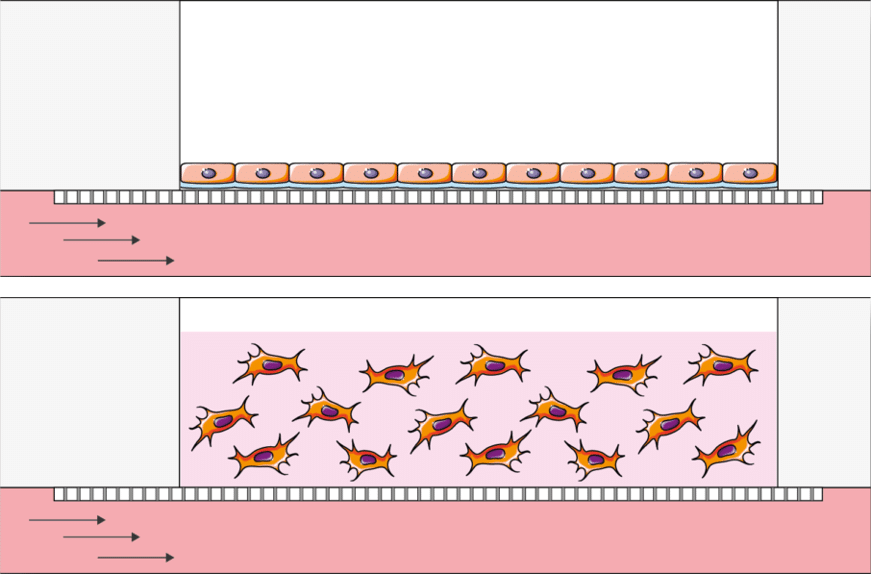
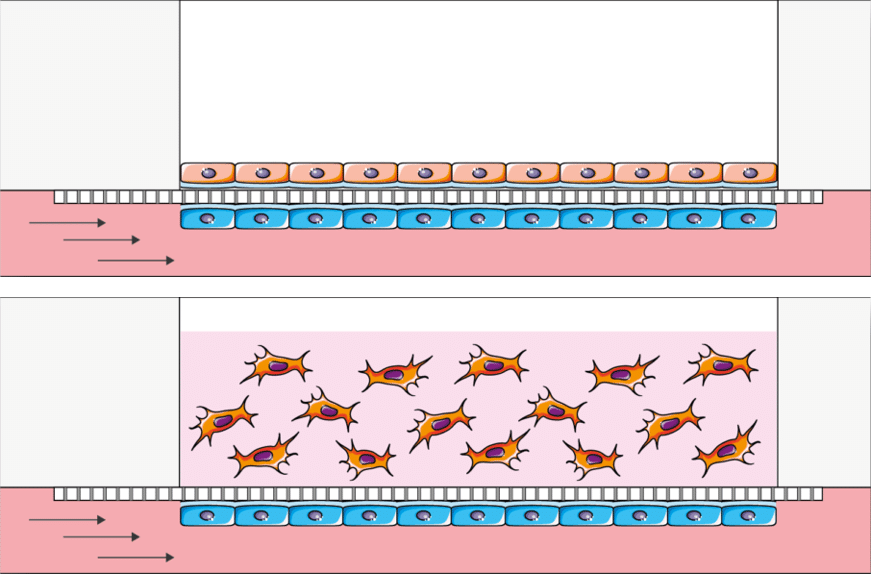
Create the perfect endothelium endothelium-epithelium barrier: Use the upper well for the 2D or 3D epithelial culture and seed the endothelial cells in the perfusable channel underneath. Most common applications are Blood Brain Barrieer (BBB), gut, skin, lung and many more.
Crosstalk studies (prototype): Explore the cross-talk of two cultures in an automated and simple way using the Be-Transflow option that connects two wells in the same channel. Most common application are indirect toxicity studies. This air liquid interface cell culture chip is a prototype and is available at a higher price than the normal Be-Transflow.
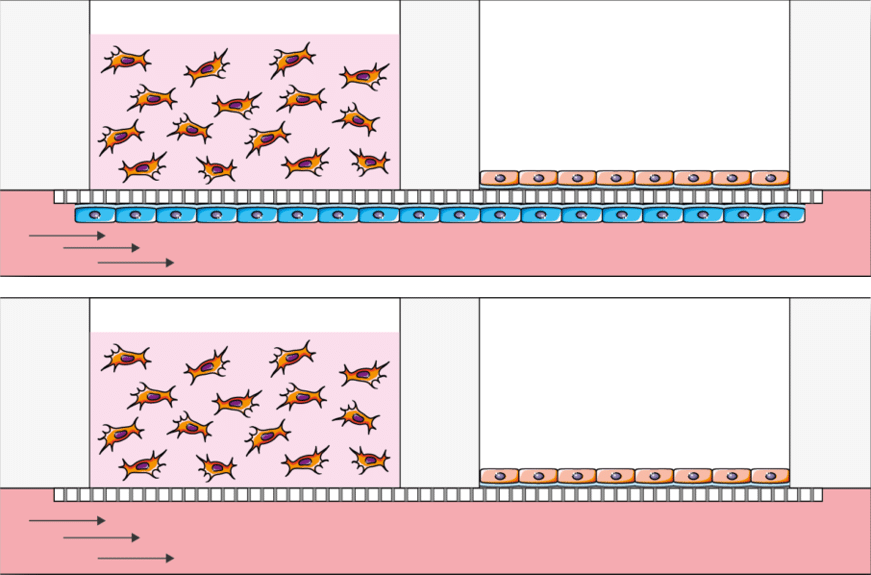
Be-Transflow cell culture chip Applications
Be-Transflow has been designed with ALI in mind. Its an ideal chip for ALI cell culture and coculture research (skin, cornea, gut, lung). However, its simplicity to use makes it also a very useful tool for any coculture research and crosstalk experiments.
Epidermis/dermis coculture: Recreation of the epidermis and dermis in the well of the Be-Transflow device. In the upper part of the image and marked in blue are the nuclei of the keratinocytes (HEKa) forming the epidermis. The HEKa cells were cultured for 21 days in the ALI air liquid interface to create a mature epidermis. Underneath the epidermis we can see the fibroblasts in red embedded in a collagen matrix, mimicking the dermis. The scale bar marks 100 µm.


Bone on chip: Beonchip participates in the Eurostars project BONAFIDE. This project is devoted to the production of a human bone-on-chip platform that will simulate bone growth, resorption and remodeling for future evaluation of (anti-osteoporosis) drugs and biomaterials (e.g. bone cements).
The air liquid interface cell culture well represents the catabolic side (bone resorption) where the osteoclasts rest in contact with a bonelike scaffold. The lower channel represents the anabolic side of the bone model. This channel is seeded with osteocytes and osteoblast that form a 2D tissue.
This tissue is mechanically stimulated by the controlled laminar flux applied in the channel, mimicking the physiological environment of the bone. The bone remodeling process is automatically analyzed using image analysis software and biomarker analysis.
Specifications
PERFORMANCE
| Height | Width | Length | Total volume | |
| Channel | 375 µm | 1.5 mm | 45 mm | 44 µL |
| Well | 6 mm | 5.7 mm | 5.7 mm | 195 µL |
| Inlet/outlet | 7 mm | UNF 1/4″ – 28 | UNF 1/4″ – 28 | 130 µL |
| Medium reservoir | 7 mm | 3.6 mm | 8.8 mm | 185 µL |
| Membrane pore size | 1 µm | 1 µm | 1 µm | 1 µm |
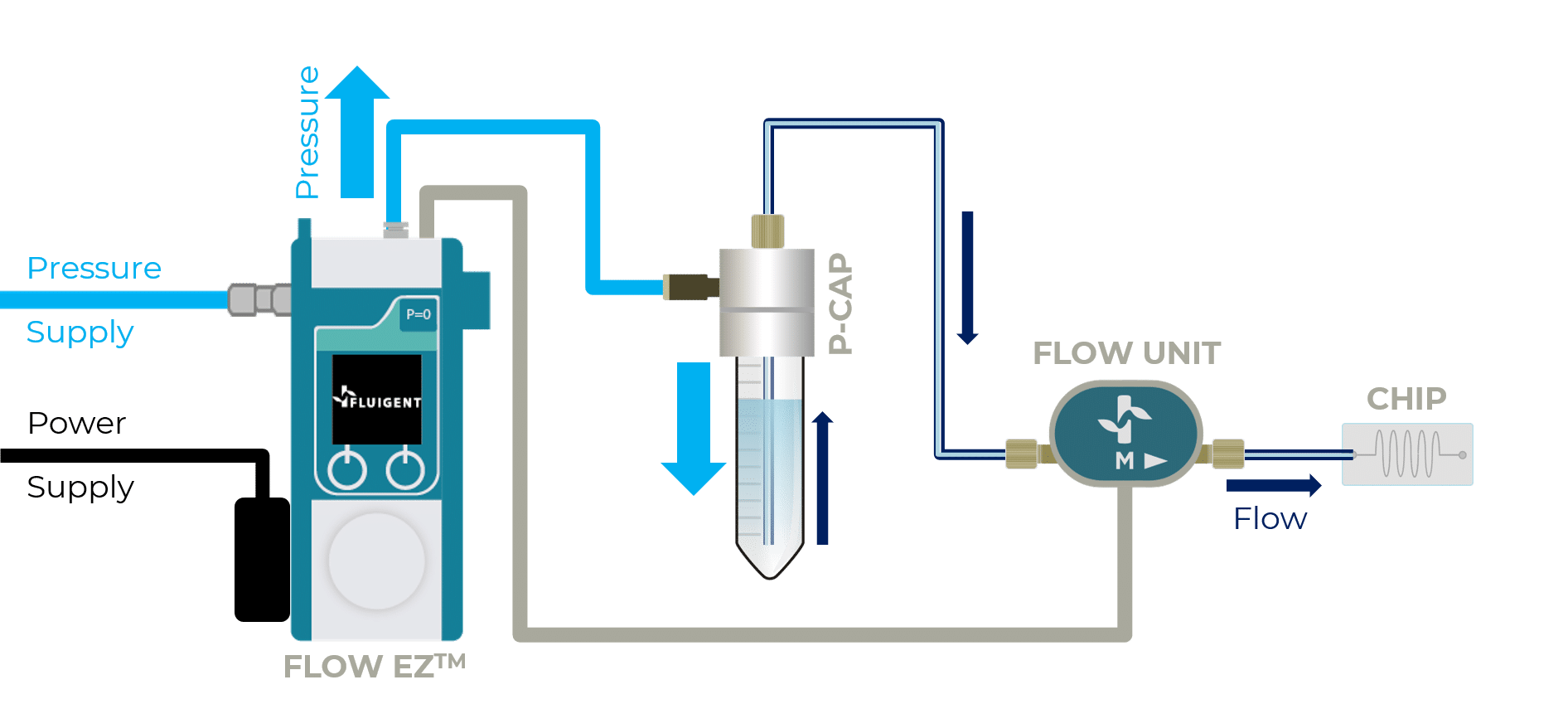
Expertise & resources
-
Microfluidic Application Notes Development of a human gut-on-chip to assess the effect of shear stress on intestinal functions Read more
-
Fluigent Products Datasheets BE-Transflow datasheet Download
-
Expert Reviews: Basics of Microfluidics Passive and active mechanical stimulation in microfluidic systems Read more
-
Expert Reviews: Basics of Microfluidics Mimicking in-vivo environments: biochemical and biomechanical stimulation Read more
-
Expert Reviews: Basics of Microfluidics Application of microfluidic chip technology Read more


